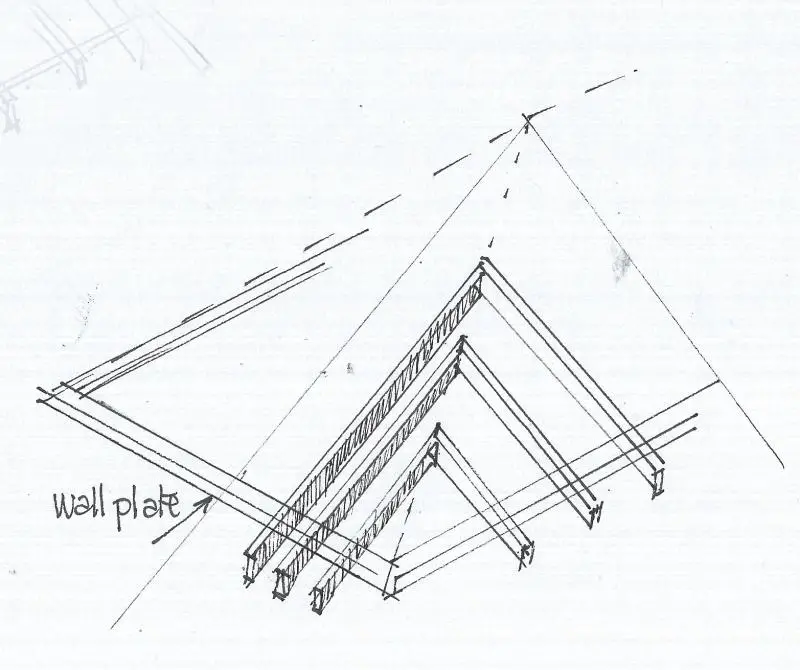We are extending our house with a above garage and loft extension.
We got planning permission.
Our loft currently has a set of rafters around the roof joists and 2 floor binders across the short length.
The extension will be along the long distance of the roof.
The structural engineer has now drawn plans to remove the rafters and put a steel post under the hips of the roof.
The steel posts will be pretty much in the middle of the room.
Is there another way to support the hips but not using a post in the room?
We got planning permission.
Our loft currently has a set of rafters around the roof joists and 2 floor binders across the short length.
The extension will be along the long distance of the roof.
The structural engineer has now drawn plans to remove the rafters and put a steel post under the hips of the roof.
The steel posts will be pretty much in the middle of the room.
Is there another way to support the hips but not using a post in the room?


